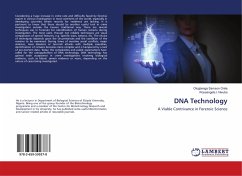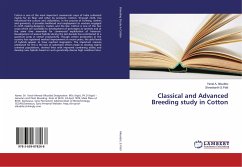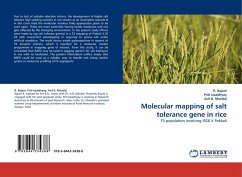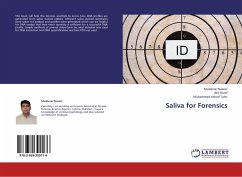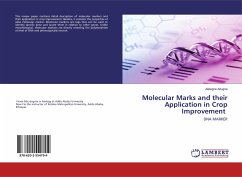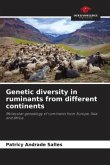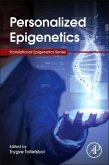Considering a huge increase in crime rate and difficulty faced by forensic expert in various investigation in most continent of the world, especially in developing countries where records for residence are lacking. It is pertinent to know that there should be another useful tool in crime investigation outside the known traditional way. There are several techniques use in forensics for identification of human remains during investigation. The most used, though not reliable techniques are visual comparisons of special features, e.g. specific scars, tattoos, etc. The choice of techniques depends upon the circumstances and the condition of the remains to be examined. During times of sensitive social conflicts, major violence, mass disasters or terrorist attacks with multiple casualties, identification of remains becomes more complex and is hampered by a lack of pre-mortem data. Today, the complexities and public expectations have called for the use/application of DNA technology. DNA technology has gained wide acceptance in crime investigations involving biological evidence, such as blood, semen evidence or more, depending on the nature of cases being investigated.
Bitte wählen Sie Ihr Anliegen aus.
Rechnungen
Retourenschein anfordern
Bestellstatus
Storno

